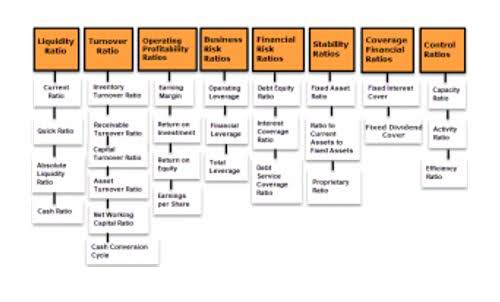
They’re also ideal for projects that require a significant amount of your time and resources. For more senior or specialized roles, the recruitment process can take longer due to the search for niche candidates with specific qualifications. The retainer model provides both the recruiter and the client the flexibility to take the time necessary to conduct a thorough search without the pressure of quick results. The service provider agrees to provide list of services and is available for consultation list days and times for communications for the time period stated above. The service provider is to provide type of services to the client between the dates stated above. The client authorises the service provider to provide their services during this time period.
Legal and Ethical Considerations

However, before opting for this payment model, it’s essential to consider the implications and potential challenges. In contrast, an earned retainer fee is money paid by a client that the professional or agency can access immediately because it’s considered earned upon receipt. Instead of waiting to complete certain tasks or log a specific number of hours, the fee is recognized as income right away. Using a retainer fee offers several advantages for both professionals and clients. For consultants or agencies, it ensures financial stability, as they receive payments upfront. Regular check-ins with clients to discuss any financial concerns or adjustments can preempt potential issues.

Transparent Pricing Structure
The payer of the retainer fee is called the service receiver or the client. An individual receiving the payment is called a retainer, service provider, expert, or consultant. Once the expected hours are calculated, the next step is to determine the hourly rate.
Service Provider Knows Their Client Is Serious
For instance, a business might pay a general retainer to a legal firm to ensure that legal advice is readily retainer fee meaning accessible throughout the year. Now that we have an understanding of what retainer fees are, let’s explore some real-life applications of this payment method. Think about a web designer who is hired to maintain and update a company’s website regularly. Instead of charging per project, the designer can charge a retainer fee to guarantee a set number of hours dedicated to the company’s website each month. This ensures a steady flow of income for the designer and secures their time for the client, preventing the designer from taking on other projects during those allocated hours. A retainer fee is an upfront cost paid by a client to a freelancer or agency to secure their services for a specified period.
We and our partners process data to provide:
- It is also used where professional expertise is scarce, or highly in demand.
- A retainer fee is a prepayment clients make to secure professional services for a defined period.
- Conversely, if you’re new to the field, you might need to set a lower fee to attract clients.
- An earned retainer is a payment that a professional keeps as services are delivered or work is completed.
- A retainer fee is an upfront payment to secure the services of a lawyer, consultant, freelancer, or other professional.
- Regular check-ins with clients to discuss any financial concerns or adjustments can preempt potential issues.
In the context of legal services, a retainer fee acts more like a reservation of services rather than a simple deposit. The key difference is that retainer fees are typically drawn down as services are rendered, whereas deposits are usually applied towards the final bill or held as collateral. An unearned retainer is the initial payment made before any work is done.


To avoid underpricing your services, add a percentage markup to cover unforeseen costs. For instance, if your operational expenses are £200 per month, add them to your hourly estimate to maintain profitability. It is always a good idea to consult with an attorney or legal advisor to ensure you are on the right side of the law. While this may seem like an extra real estate cash flow cost, it can prevent potential legal issues in the future. As a freelancer, your focus should be on delivering quality work, not worrying about legal disputes. Retainer fees are most beneficial for long-term projects, where they can provide a sense of financial security and predictability.

By clearly outlining the value at each level, you build confidence in your offering and encourage long-term partnerships. For example, legal professionals often require retainers to allocate their time exclusively for clients. Lawyers are ethically bound to return any unused portion of a client’s retainer fees. If you are unsure if your retainer is exhausted, you can ask your lawyer for an itemized invoice listing all of the work that they have performed.
Why Retainer Fees?
In many cases, having an attorney on retainer can also lead to more favorable billing rates, given the long-term nature of the commitment. This fee is deposited into a trust or escrow account and is not immediately accessible Online Accounting by the service provider. For legal services, the retainer fee is often placed in a trust account. In addition, keeping the fee in separate accounts ensures that funds are not used for personal purposes, and funds represent the pendency of services to be performed by the consultant.
